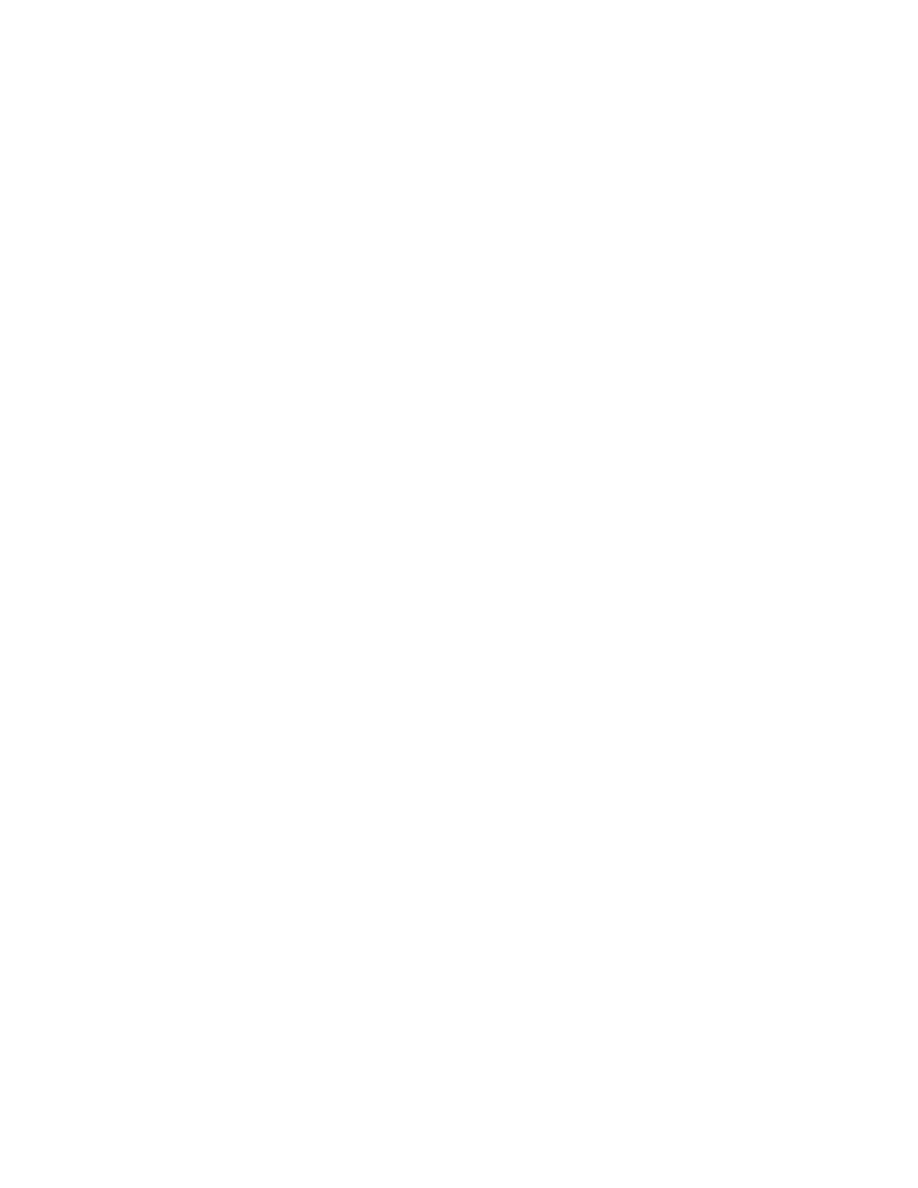
578
14 CFR Ch. I (1–1–14 Edition)
Pt. 91, SFAR No. 79
b. When the National Air Traffic Reduced
Complement Operations Plan is activated
pursuant to paragraph 4 of this regulation,
except in accordance with the pertinent pro-
visions of the National Air Traffic Reduced
Complement Operations Plan.
3. Prior to or in connection with the imple-
mentation of the RCOP, and as conditions
warrant, the Director is authorized to:
a. Restrict, prohibit, or permit VFR and/or
IFR operations at any airport, Class B air-
space area, Class C airspace area, or other
class of controlled airspace.
b. Give priority at any airport to flights
that are of military necessity, or are medical
emergency flights, Presidential flights, and
flights transporting critical Government em-
ployees.
c. Implement, at any airport, traffic man-
agement procedures, that may include reduc-
tion of flight operations. Reduction of flight
operations will be accomplished, to the ex-
tent practical, on a pro rata basis among and
between air carrier, commercial operator,
and general aviation operations. Flights can-
celled under this SFAR at a high density
traffic airport will be considered to have
been operated for purposes of part 93 of the
Federal Aviation Regulations.
4. The Director may activate the National
Air Traffic Reduced Complement Operations
Plan at any time he finds that it is necessary
for the safety and efficiency of the National
Airspace System. Upon activation of the
RCOP and notwithstanding any provision of
the FAR to the contrary, the Director is au-
thorized to suspend or modify any airspace
designation.
5. Notice of restrictions, prohibitions, pro-
cedures and other actions taken by the Di-
rector under this regulation with respect to
the operation of the Air Traffic Control sys-
tem will be announced in Notices to Airmen
issued pursuant to § 91.139 of the Federal
Aviation Regulations.
6. The Director may delegate his authority
under this regulation to the extent he con-
siders necessary for the safe and efficient op-
eration of the National Air Traffic Control
System.
(Authority: 49 U.S.C. app. 1301(7), 1303, 1344,
1348, 1352 through 1355, 1401, 1421 through
1431, 1471, 1472, 1502, 1510, 1522, and 2121
through 2125; articles 12, 29, 31, and 32(a) of
the Convention on International Civil Avia-
tion (61 stat. 1180); 42 U.S.C. 4321
et seq.; E.O.
11514, 35 FR 4247, 3 CFR, 1966–1970 Comp., p.
902; 49 U.S.C. 106(g))
[Doc. No. 26351, 55 FR 40760, Oct. 4, 1990, as
amended by Amdt. 91–227, 56 FR 65652, Dec.
17, 1991]
S
PECIAL
F
EDERAL
A
VIATION
R
EGULATION
N
O
. 79—P
ROHIBITION
A
GAINST
C
ER
-
TAIN
F
LIGHTS
W
ITHIN
THE
F
LIGHT
I
NFORMATION
R
EGION
(FIR)
OF THE
D
EMOCRATIC
P
EOPLE
’
S
R
EPUBLIC OF
K
OREA
(DPRK)
1.
Applicability. This rule applies to the fol-
lowing persons:
(a) All U.S. air carriers or commercial op-
erators.
(b) All persons exercising the privileges of
an airman certificate issued by the FAA, ex-
cept such persons operating U.S.-registered
aircraft for a foreign air carrier.
(c) All operators of aircraft registered in
the United States except where the operator
of such aircraft is a foreign air carrier.
2.
Flight Prohibition. Except as provided in
paragraphs 3 and 4 of this SFAR, no person
described in paragraph 1 may conduct flight
operations through the Pyongyang FIR west
of 132 degrees east longitude.
3.
Permitted Operations. This SFAR does not
prohibit persons described in paragraph 1
from conducting flight operations within the
Pyongyang FIR west of 132 degrees east lon-
gitude where such operations are authorized
either by exemption issued by the Adminis-
trator or by another agency of the United
States Government with FAA approval.
4.
Emergency situations. In an emergency
that requires immediate decision and action
for the safety of the flight, the pilot in com-
mand on an aircraft may deviate from this
SFAR to the extent required by that emer-
gency. Except for U.S. air carriers and com-
mercial operators that are subject to the re-
quirements of 14 CFR parts 121, 125, or 135,
each person who deviates from this rule
shall, within ten (10) days of the deviation,
excluding Saturdays, Sundays, and Federal
holidays, submit to the nearest FAA Flight
Standards District Office a complete report
of the operations of the aircraft involved in
the deviation, including a description of the
deviation and the reasons therefore.
5.
Expiration. This Special Federal Aviation
Regulation No. 79 will remain in effect until
further notice.
[Doc. No. 28831, 62 FR 20078, Apr. 24, 1997, as
amended at 63 FR 8017, Feb. 17, 1998; 63 FR
19286, Apr. 17, 1998]
S
PECIAL
F
EDERAL
A
VIATION
R
EGULATION
N
O
. 87—P
ROHIBITION
A
GAINST
C
ER
-
TAIN
F
LIGHTS
W
ITHIN
THE
T
ERRI
-
TORY AND
A
IRSPACE OF
E
THIOPIA
1.
Applicability. This Special Federal Avia-
tion Regulation (SFAR) No. 87 applies to all
U.S. air carriers or commercial operators, all
persons exercising the privileges of an air-
man certificate issued by the FAA unless
that person is engaged in the operation of a
VerDate Mar<15>2010
20:48 Jan 30, 2014
Jkt 232047
PO 00000
Frm 00588
Fmt 8010
Sfmt 8002
Q:\14\14V2.TXT
ofr150
PsN: PC150